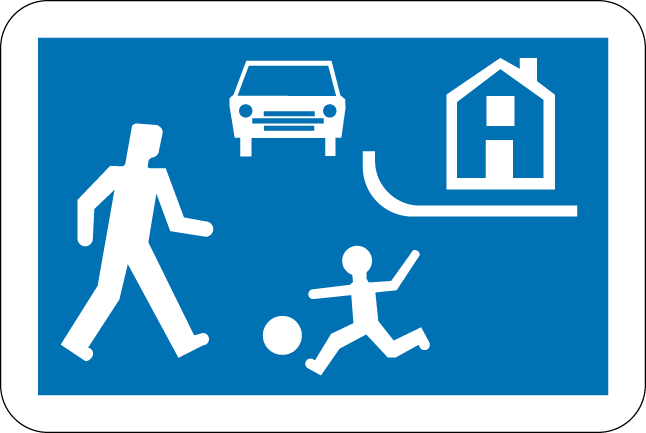
3 minute read
The Dutch Concept Changing City Streets in Connecticut
By Kaitlyn Higgins, CCM Communications Intern
Across Connecticut cities are embracing a transformative approach to urban design, drawing inspiration from a Dutch concept that prioritizes people over cars: the woonerf.
Woonerf, a term meaning “living street” in Dutch, reimagines the traditional street as a shared space for pedestrians, cyclists, and vehicles. In practice, this design slows traffic, removes curbs, and adds landscaping. Often including seating and public art to create an inviting, accessible environment for all. This design emphasizes safety, sustainability, and community building.
In 2023, the City of New Haven announced a $25 million upgrade to Long Wharf Park. The revitalization plan incorporates these principles into the remodel of the thru drive. The area will be transformed to include a promenade, green spaces, a marketplace, and of course Long Wharf’s famous food trucks. Now, West Haven residents are advocating for a similar redesign of their downtown area.
The City of West Haven is currently going through a period of redevelopment. The city is simultaneously conducting a review of zoning regulations, revamping the 10-year Plan of Conservation and Development, and creating a downtown redevelopment plan through a state funded grant. West Haven received a quarter of a million dollars for their downtown.
Leading the charge for planning the downtown development is West Haven Assistant City Planner Cathy Conniff. She believes that residents should be the ones to guide the downtown revamp, saying “We want people to tell us what they want to see in our city.”
Westies have been sharing their visions of downtown, “a downtown that looks great, feels great, and feels safe.” Other residents want more accessibility, more housing, and an increase in local business and youth employment.
This shift toward woonerf development comes at a time when citizens across the state, and the country, are increasingly opting for more sustainable and affordable modes of transportation. With growing concern about climate change and rising fuel costs, residents are walking, biking, and taking public transit more and more. West Haven’s downtown, which is positioned near the train station, can support this transition by making it easier and more accessible to choose environmentally friendly travel options.
As municipalities across Connecticut consider how to make their downtowns more livable and resilient, New Haven’s and West Haven’s plans to adopt the principles of woonerf offers a promising future. It shows how smart design can foster safety, sustainability, and community pride, all while supporting the economic vitality of a town center.
With new design, downtowns become a destination.










